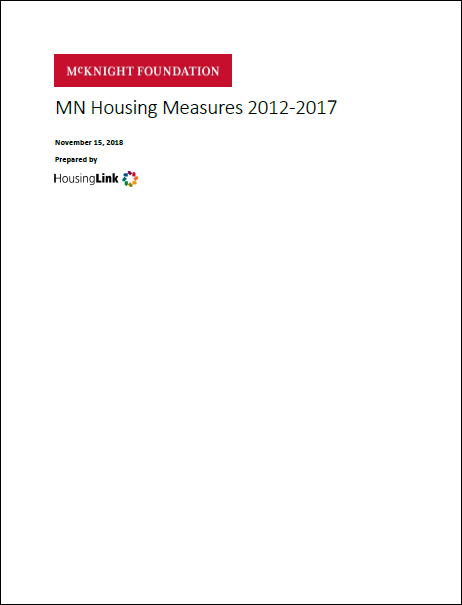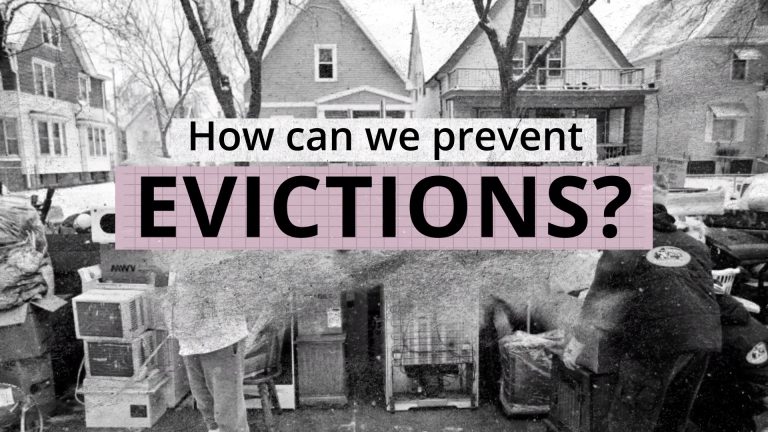Twin Cities renters face a market where only 27% of advertised vacancies are affordable to 60% of the area median income. Through analysis of private market and affordable housing data, the latest MN Housing Measures report produced annually in partnership between the McKnight Foundation and HousingLink shows a new low in affordability for the region and the state.
Last year the MN Task Force on Housing produced a comprehensive report that provided a platform of six goals and 30 recommendations to address the growing dysfunction. In 2019 the Governor proposed a budget that included the largest investment in housing in the history of the state. However, bipartisan support was not forthcoming, and a nominal budget was passed that did not match this historic moment to sustain housing affordability.
There are signs that public awareness and the will to respond to this historic moment are building. Business leadership in such entities as the Itasca Project, Chambers of Commerce across the state, and individual companies calling for workforce housing is growing. The affordability of housing in our state has been an important competitive advantage for business, talent attraction, and an admired quality of life. The trends outlined in this report show that this competitive advantage is at risk, however. The report finds:
- Though the picture looks somewhat better outside of the Twin Cities (58% of all vacancies are affordable), Rochester stands out as the most challenging Greater Minnesota metro for prospective renters, with just 35% of all listings meeting the report’s standard for affordability (page 4).
- The availability and use of housing choice vouchers in the state is down due to the tight housing market and an unwillingness on the part of landlords to accept vouchers in this tight housing market. The growth of voucher availability to help families maintain housing stability is at a standstill, with the active number of vouchers in use in the Twin Cities actually less than it was two years ago (page 8).
- Through innovative partnerships between communities and funders, 1,160 units of affordable housing were newly-built and 1,677 units were preserved in the Twin Cities in 2018. In Greater MN, that figure was 1,027 units of new construction and 410 units of preservation (pages 6-7).
MN Housing Measures 2012-2018 is the latest in a series of annual reports by HousingLink developed on behalf of the McKnight Foundation. The report shows a picture of the state of affordable rental housing with numbers that consistently indicate a distressed market, with low vacancy, rising and increasingly unaffordable rents, and challenges to developing new publicly-funded apartments. According to the final report of the MN Housing Task Force, the broader housing market has underdeveloped in the recent past and would need to develop 300,000 additional units by 2030 to meet demand (including 10,000 more units a year for the next 5 years over current levels of production).
Given that our region depends on a stable supply of available affordable housing, the report measures the relative health of geographies throughout the state of Minnesota by looking at private market rents, publicly-subsidized rental unit supplies, as well as funding streams for affordable housing. The task force report calls for actions at the local, regional, and state level to reduce barriers and costs of development, increase investment in affordable housing, and spark innovation and housing solutions that can be leveraged to address failures in the market.



